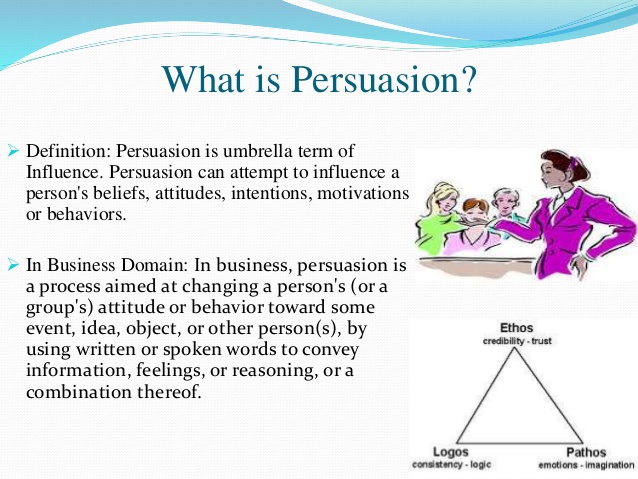It’s about writing persuasively. Of course, you need to explain how your product works. By now, your prospects should understand what your product is, how it will benefit them, and what the features are. In other words, it’s time for your CTA. The general structure of a landing page should be roughly as follows: Value proposition Benefits Features Obviously, the value proposition and benefits will offer some motivation, but here are some other things I’ve found to be impactful. Make your content scannable I’m not going to launch into a huge sermon about the importance of creating scannable content. You probably already know people read online content differently than they do offline content. So if there was ever a copywriting hack, it’s using highly persuasive words that make the “old part of the brain light up.” Here’s a list of those words: And according to research, the five most persuasive words in the English language are the ones in blue, which are: New You Free Because Instantly Peppering these words throughout your copy in key locations should have a noticeable impact on conversions. This means explaining your product in a way that makes sense to an average person and systematically covering your value proposition, benefits, features, and CTAs.
Copywriting, when compared to other forms of writing, is a different kind of animal.
It’s not necessarily about writing well.
It’s about writing persuasively.

If you can’t effectively move readers through the proper sequence of steps and ultimately convince them to buy, your conversions are going to suffer.
Now, I’ll be the first to admit I’m not the world’s greatest writer.
You probably won’t see me publishing a novel anytime soon.
But I’d like to think I’m good at copywriting, which, in its simplest form, is “the act of writing text for the purpose of advertising or other forms of marketing.”
In this post, I’d like to provide you with a straightforward formula you can use to become a highly persuasive copywriter with the end goal of maximizing conversions.
I’ll explain both the basic structure and the specific techniques you need to use to become more persuasive.
Start with a killer value proposition
Research from Nielsen Norman Group found that you have a very small amount of time to grab a visitor’s attention before they leave your page.
In fact, you usually have a max of 20 seconds.

Your first order of business is to make it abundantly clear what your value proposition is.
Now, there are several ways to go about this, but I believe in keeping things simple.
Getting too complex tends to dilute the message and confuse prospects.
What I’ve found to be most effective is keeping my value proposition short, sweet, and clear.
Like this:


Let them know in a split second what you are offering with your crystal clear value proposition.
To accomplish this, try to condense the essence of your product down to just a few words.
Swiftly move to the benefits
“What’s in it for me?”
That’s what most visitors are thinking after hearing your value proposition.
But here’s the thing.
Most people have a tendency to emphasize features over benefits.
But it should be the other way around.
Just look at this Venn diagram from ABC Copywriting:

Notice that benefits are valued over features.
Of course, you need to explain how your product works. But you can elaborate on that later.
What you want to do first is explain how the product fulfills a need or desire.
In other words, explain how your customers’ lives will be better after they buy your product.
Here’s a great example from Moz:


It will save them time and make things more efficient.
They also don’t have to worry about deciphering complex data because Moz takes care of this for them.
When it comes to describing benefits, there are three main types to cover:
- Tangible
- Intangible
- Commercial
This illustration from ABC Copywriting explains these various types of benefits in more detail.

Keep this in mind when deciding on an angle.
I personally find that it’s best to highlight the benefits before getting down to the nuts and bolts of the features.
That way prospects should be more receptive and willing to wade through the details.
But if you go the other way around and cover the features before the benefits, you’re probably going to lose a sizable portion of your leads.
Just sayin’.
Now explain the features
“What’s in the box?”
That’s what Brad Pitt’s character David Mills wanted to know in the closing scene of the movie Seven.

While the…

COMMENTS